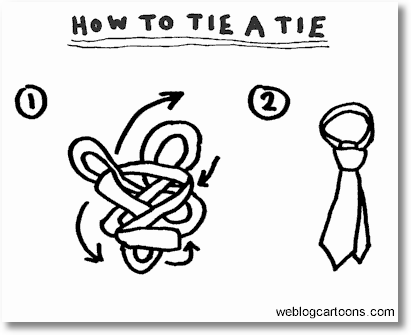3 Email Marketing Questions Answered (part 1)

It's time to dig through my last batch of emails and see if there's a common theme to the questions and comments that have come my way. The big winner this week? Customer databases. Well, that's the broad theme, the subtext is how to get more from current customers and I'm picking email as the approach of choice.
The big 3 questions I get on email databases:
- How often should I email them?
- Should I buy an email list for prospecting?
- It takes too long. (not really a question, I know)
Let's roll through a few thoughts on this subject. First up is "how often should I email my list?" The underlying issue here is usually related to not wanting to be "annoying". As my old boss would say, "the china egg syndrome". Treating each and every email address as a precious thing and not wanting to be annoying. This is usually confirmed when I say "companies rarely test the upper limits of email frequency" and I'm told about a giant retailer who fills their inbox every day with some offer or product feature that they don't want.
I get it. The idea is that we should trust what the giant retailer does because they are giant, but as a consumer it's annoying so we're conflicted. We're insecure. The last thing we want to do with our china eggs is to annoy them.
Going back to my worldview that people make decisions based on solving problems, you have to assume that any announcement/newsletter/offer email we send is going to be a crapshoot as to whether it's relevant to the receiver. If we're not relevant on a regular basis, they take themselves off the list. So the key is to be relevant, right? Yes, absolutely, but that doesn't answer the question, right?
The underlying problem with the "frequency" question is that it's not attached to a target. If the goal is to sell more to existing customers, the first question is "how much are we currently selling to existing customers?" If the goal is to get new customers out of the list, we need to start with a measure of how many times a new customer is coming out of our list right now.
Once we know what we're trying to improve, we can look at the current mechanics. How often do we send emails today? Who do we send them to? When do we send them? What's the click through? What's the subject line? On and on. . .lots of questions. We're not trying to run with insights from this step, we're just trying to establish where we are today because once we start making changes we need to have something to compare it to. How long does this step take? If there's a lot of existing data and a willingness to dig in, it may take a few weeks to line the measures up. More common is the case where we spend the better part of two months, a mini-project, digging for data, trying to link data and simply observing what's happening today.
Then it's time for the fun. We need to start picking elements and testing them. Unless you've been testing for years I suggest you start in simple terms. A versus B works well. Once you get deeper into the results over time and as you improve in your ability to test, then look at the multivariate regression testing and other big wonky methods and models.
Bask to the main thrust of this note: in order to answer the question "how often should I email my list?" some testing is required. If we're sending once a month to the full list, what happens when we send 2 a month to the full list? What happens when we send 2 to the full list and a simple follow up to a segment of the list? Do we increase click through? Does the unsubscribe rate go up? Is there more or less of X than when we did it just once a month?
So, the answer to the original question is, "It depends".
Good stuff.
(next up will be "Should I buy an email list for prospecting?" sooner rather than later. Swear.)






